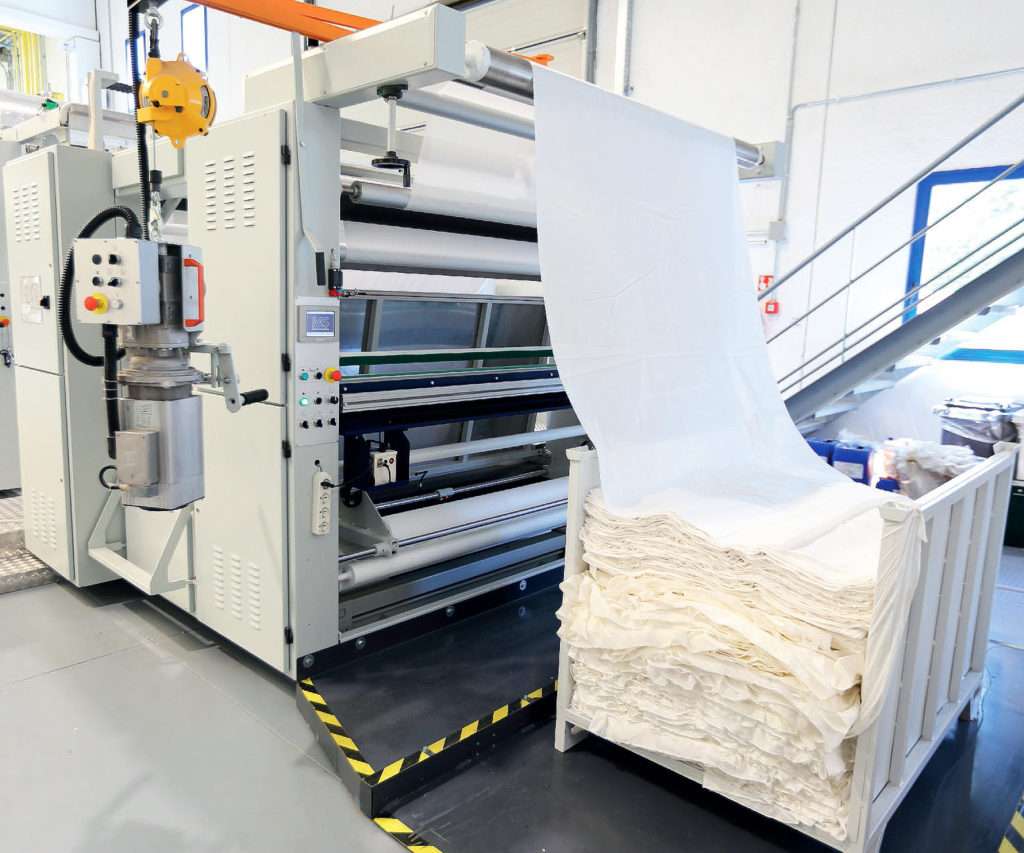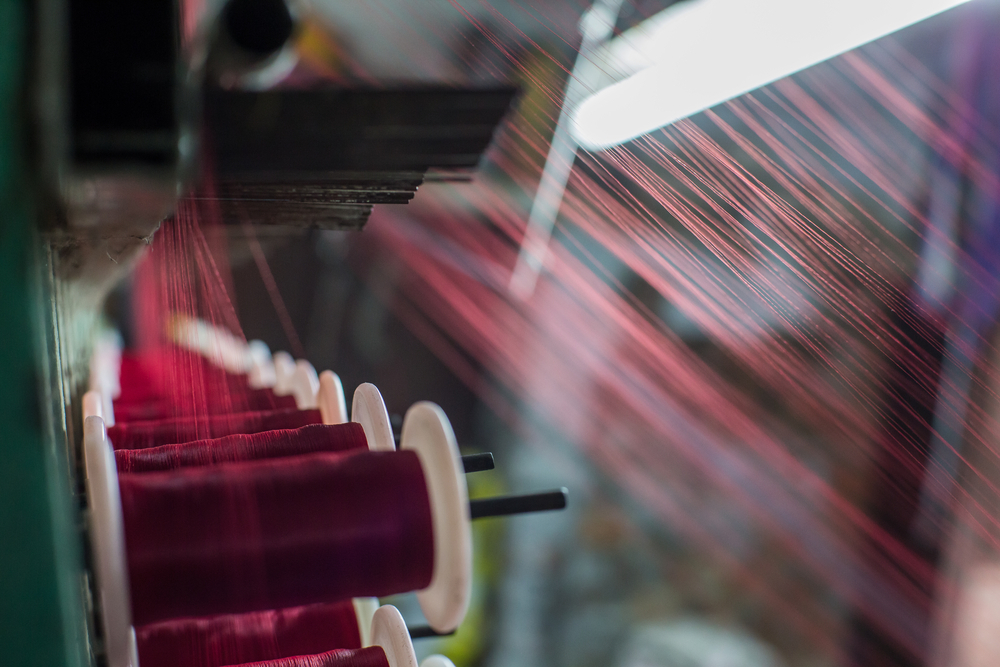Pakistan’s textile industry is a beacon of economic growth and innovation, contributing significantly to the nation’s GDP (Gross domestic product) and employment rates. With a history dating back centuries, the industry has evolved and diversified into three distinct categories that drive its thriving success. In this comprehensive article, we delve into The 3 categories of Pakistan’s thriving textile industry that form the backbone of Pakistan’s textile prowess: Cotton Textiles, Synthetic Textiles, and Home Textiles.
The 3 categories of Pakistan’s thriving textile industry
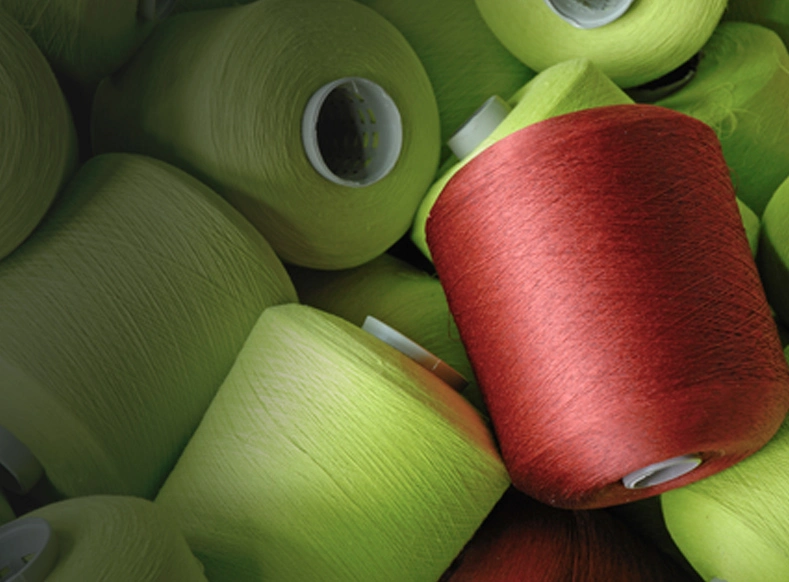
- Cotton Textiles: Weaving the Threads of Tradition and Progress
At the heart of Pakistan’s textile landscape lies the rich heritage of cotton textiles. Renowned as one of the largest cotton-producing countries globally, Pakistan has an advantage that fuels its cotton textile sector. The journey begins with the cultivation of cotton. This quintessential cash crop not only sustains the livelihood of many but also feeds the textile mills with a bountiful supply of raw materials.
The cotton textile category encompasses a spectrum of products, each production stage adding value to the chain. The first step in the procedure is ginning, which separates cotton fibers from seeds. These fibers are then spun into yarns, which become the building blocks for many products, from clothing to home furnishings. The country’s weaving and dyeing expertise further enhances these textiles’ versatility and quality.
- Synthetic Textiles: Pioneering Durability and Innovation
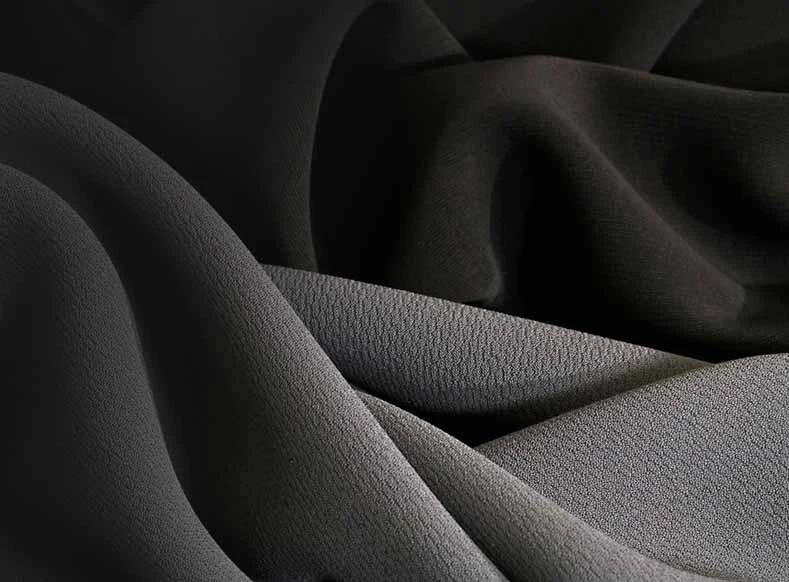
In modern textiles, Pakistan’s prowess extends beyond natural fibers. The synthetic textiles category has grown exponentially, driven by affordability, durability, and adaptability. Polyester, nylon, and acrylic are synthetic fibers that have revolutionized the textile landscape, expanding the possibilities of what fabric can achieve.
The production of synthetic textiles involves advanced manufacturing processes, where chemical reactions transform raw materials into strong, resilient fibers. These fibers undergo spinning into yarns that resemble natural fabrics in both feel and appearance. Synthetic textiles have found their way into various applications, from sportswear that wicks away moisture to outdoor fabrics that withstand the elements. Pakistan’s adeptness in producing synthetic textiles has diversified its offerings and propelled the country onto the global textile stage.
- Home Textiles: Crafting Comfort and Elegance
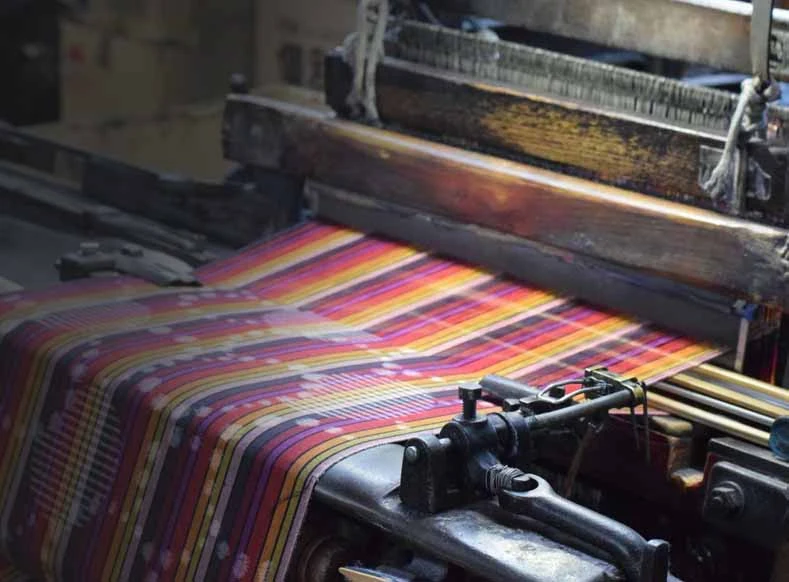
Elevating interiors from mundane to magnificent, Pakistan’s home textiles industry is a testament to craftsmanship and creativity. This category encompasses an array of products that adorn living spaces with comfort, elegance, and personality. From the moment one steps into a room adorned with Pakistani home textiles, the tactile experience is unparalleled.
Some of the essentials in this area include upholstery materials, bed linens, towels, and towels. The intricate designs, vibrant colors, and impeccable finishing define the hallmark of Pakistani home textiles. Skilled artisans weave stories through patterns and motifs, preserving traditions while embracing contemporary aesthetics. These textiles reflect the cultural heritage and cater to modern sensibilities, striking a harmonious balance between the two.
Market Impact and Global Reach

The 3 categories of Pakistan’s thriving textile industry extend their influence beyond its borders. The country’s textile exports have garnered international recognition and demand, contributing substantially to foreign exchange earnings. The strategic geographic location of Pakistan, coupled with its skilled workforce, places it at a vantage point in the global textile trade.
Challenges and Opportunities

Pakistan’s textile industry has the potential to leverage innovation and digitalization to streamline processes, enhance product quality, and reach new markets. The industry’s growth track can be further stabilized by investing in development and research, encouraging collaborations, and adopting sustainable practices.
Conclusion
In conclusion, Pakistan’s textile industry stands tall on the pillars of The 3 categories of Pakistan’s thriving textile industry: Cotton Textiles, Synthetic Textiles, and Home Textiles. These three categories, each with unique characteristics and contributions, collectively shape the nation’s economic landscape and cultural identity. As Pakistan continues to thread its textile heritage’s legacy with the modern era’s innovation, the world watches in anticipation of the industry’s next glorious chapter.

